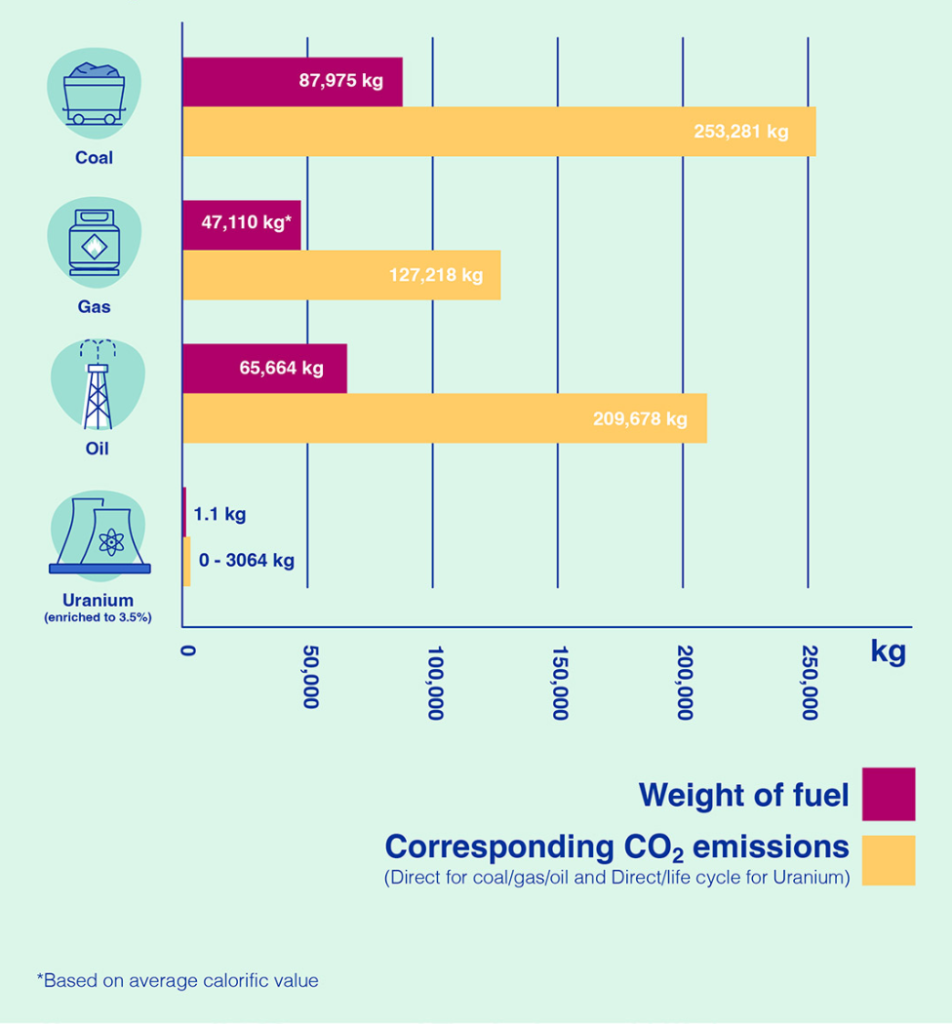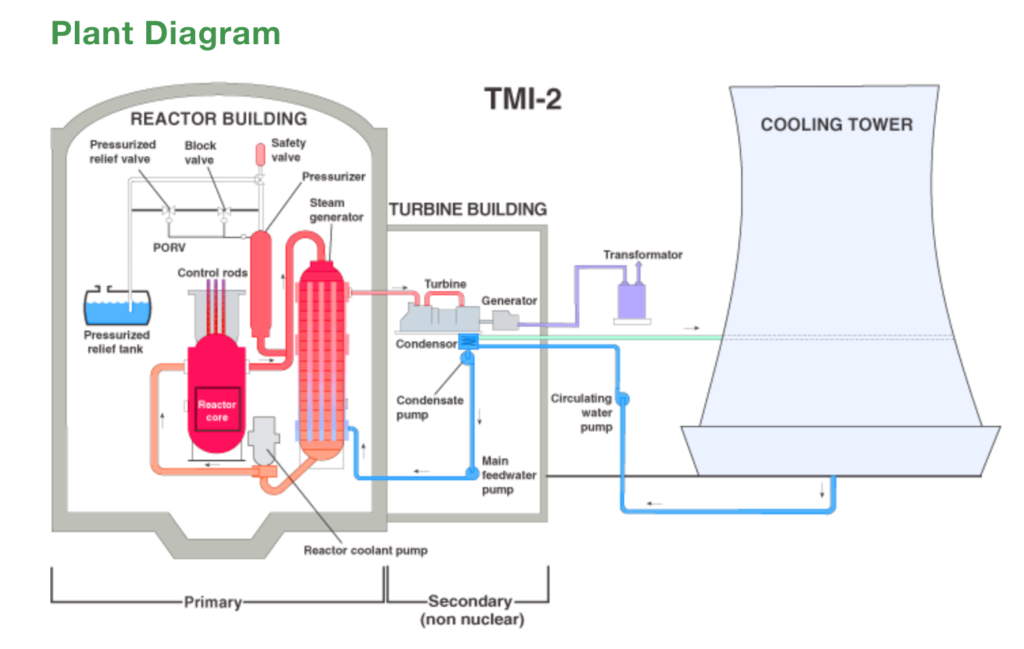Microsoft has signed an agreement to restart the Three Mile Island Unit 1 reactor, aiming to provide sustainable power for AI operations.

Microsoft has reached an agreement with the Constellation Energy Corporation, the owner of the Three-Mile Island nuclear site, to restart the facility in Pennsylvania and supply the technology business with sustainable energy for its artificial intelligence activities.
The agreement was signed by Microsoft. The restored Three-Mile Island Unit 1 reactor, which will be the subject of a 20-year agreement between Microsoft and Constellation, will house the “Crane Clean Energy Center” as part of the tech giant’s pledge to fuel its artificial intelligence business with carbon-free power.
As part of the arrangement, Constellation Energy will offer Microsoft 835 megawatts of power and will invest around $1.6 billion to bring the plant online. The energy supplier expects to achieve this goal by 2028.

However, the Nuclear Regulatory Commission (NRC) and representatives from the state and local governments must first approve the contract before operations can resume.
AI requires massive power
On September 12, industry experts from digital giants like OpenAI, Microsoft, and Google convened at the White House to discuss the future of energy infrastructure for artificial intelligence.
Phil Harvey, CEO of Sabre56 and an expert in the development and administration of data centers and mining facilities, stated that the financial investment required to run an artificial intelligence data center ranges from $3 million to $5 million per megawatt.
Recently, former President Donald Trump made a passing reference to this subject, noting that the United States of America needs to improve its energy infrastructure and create more energy in order to support artificial intelligence data centers and Bitcoin mining operations.
The 1979 Three Mile Island accident
In 1979, a second reactor at the Three-Mile Island nuclear site experienced a partial meltdown as a result of what is believed to have been a mechanical malfunction. This failure prevented the liquid cooling system from drawing heat from the reactor’s core, which led to the meltdown.
This, in turn, resulted in the reactor’s complete shutdown, which contributed to an increase in pressure within the nuclear site’s pipes. They opened a relief valve to alleviate the increasing pressure.
Instead of automatically closing once the pressure returned to a predetermined level, this valve remained open. This relief valve remained open, resulting in a catastrophic loss of coolant that ultimately led to the entire core overheating and partially melting.

The Nuclear Regulatory Commission instructed residents living within a five-mile radius of the disaster to evacuate the area due to their fear of radiation poisoning.
“Thousands of environmental samples of air, water, milk, vegetation, soil, and foodstuffs were collected by various government agencies monitoring the area. Very low levels of radionuclides could be attributed to releases from the accident.”
Despite the fact that the Nuclear Regulatory Commission continues to assert that the event did not pose any environmental or health dangers, it has referred to the occurrence as the “most serious accident in the history of commercial nuclear power plant operations in the United States.”
